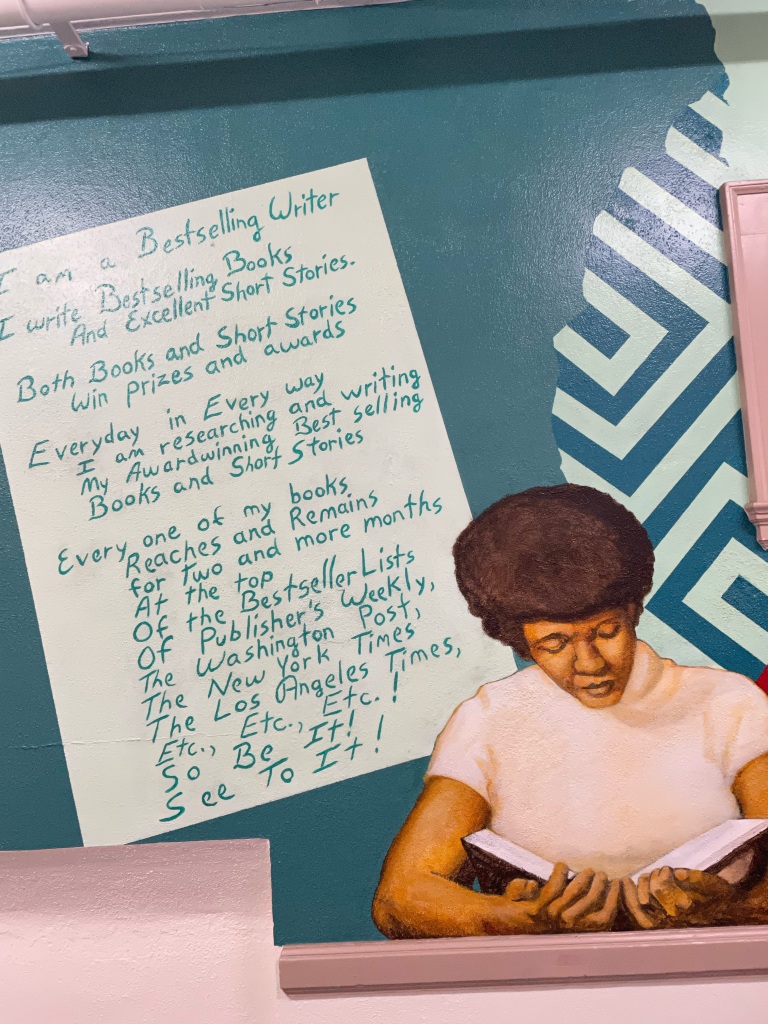THIS HAS been a big week for Octavia E. Butler fans and stans, with the launch of “Kindred,” the limited series, on Hulu. I’ve only been able to see two episodes thus far and so there will be no spoilers here, no fear.

This week, my essay for Sierra magazine about Butler’s circuitous path toward publishing Kindred went live. Her manuscript was rejected 15 times by publishers, until Doubleday made a home for it in 1979. It became her breakthrough book.
In my piece, I reach back to the seeds of the novel, a story Butler told many times over the course of her life: While in college, she’d overheard a conversation in which another student claimed that if he were alive in the antebellum south and enslaved that he would have fought back. That declaration haunted with her. Would he have? Could he have? How would he know?
Bravery and survival looked like something different back then.
She started to investigate. To puzzle those “what ifs” out on the page. Drafts and drafts of pages in which characters, stakes, plot points and scenarios changed again and again.
From my piece:
When she was done, Butler had written a gripping, spectral, and genre-defying novel she called Kindred—the story of Dana, a 26-year-old Black woman setting up a household with her new husband, a white man, in 1970s Southern California. Dana, inexplicably, becomes unstuck in time. In an instant, she is transported back to a marshy riverside on a plantation in antebellum Maryland and must blindly feel her way around the territory to root out the extraordinary circumstances that not only landed her there but also continue to pull her across time and space.
I know many people who are meeting for watch-parties and post-screening book groups. I already knew that I was not going to be able to “binge” something like this, that it would have to be something I explored in chapters and so, it will take me a bit to get through. That’s okay. It took Butler years to distill and write and publish. I will honor that process.
















